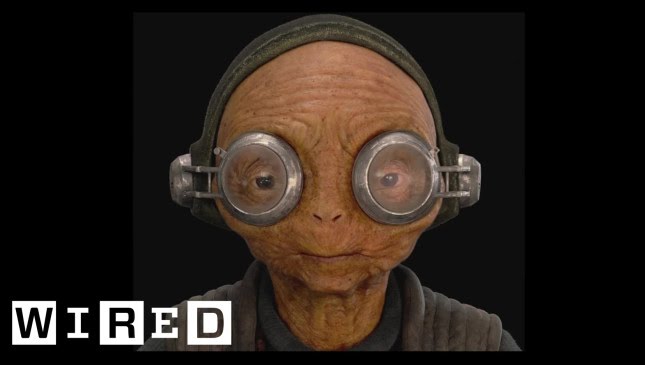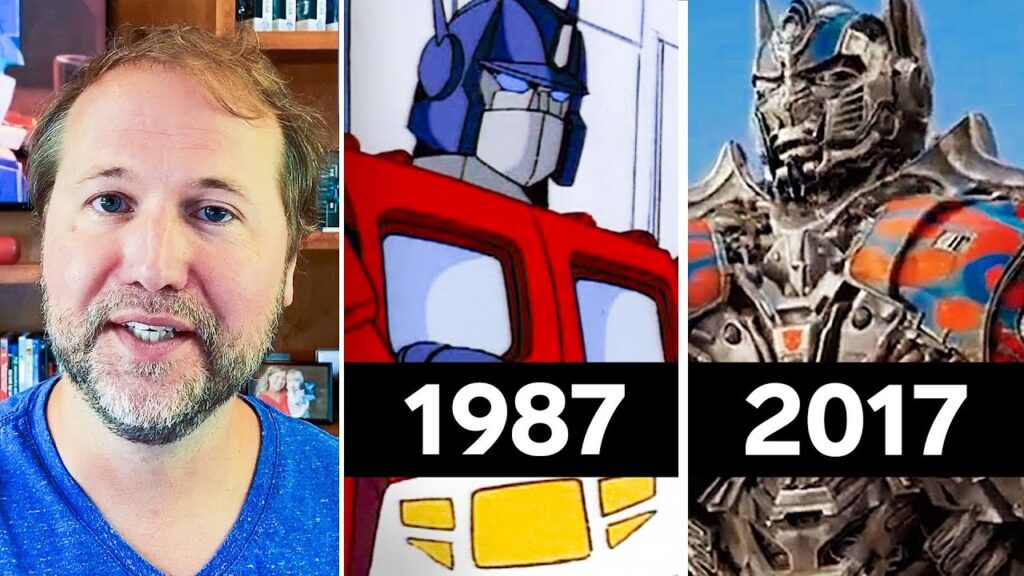Robotic Spider-Man: Behind the Scenes of Disneyland’s Stuntronic Technology System
Summary
The Disneyland Resort now features a robotic stunt performer called the Stuntronic acrobat, which can fly through the air using a technology system. Engineers Tony Dohi and Morgan Pope, who designed the system, described its development process to Wired. The Stuntronic acrobat was constructed out of 3D printed plastic, aluminum and a lot of screws, weighs approximately 95 pounds, and stands at 5’9″. The team had to create an illusion of Spider-Man flying through the air by capturing the character’s out-of-control moments. They used sensors such as gyroscopes, accelerometers, and anemometers to monitor the robot’s position and wind speed.
Table of Contents:
- The Beginning of Stuntronic Technology
- The Challenges Faced in Design
- The Evolution of the Stuntronic Robot
- Catching the Stuntronic Robot
- Future Possibilities of Stuntronic Technology
The Beginning of Stuntronic Technology:
The development of the Stuntronic technology system started with the concept of creating a robotic system capable of performing human-like stunts, including flips and twists, to create an aerial stunt performer that looked like Spider-Man. To achieve that goal, the team began by designing a bric, which they could spin through the air since it had weights inside that could move. However, this prototype did not resemble a character, and they wanted the robot’s design to mimic the fluidity of a human performance.
The Challenges Faced in Design:
The team discovered that robots are designed to be precise and don’t make mistakes or show panic, making it difficult to create an illusion of a non-human character, such as Spider-Man, flying out of control. The designers used their indoor motion capture setup to validate the sensors’ precision to within a few centimeters, which was crucial for achieving a performance’s required precision. Moreover, they studied weather data at Disneyland for a year to ensure that the robot flies safely, hits the proper position, and decelerates during landing.
The Evolution of the Stuntronic Robot:
The team experimented with different prototypes along the way, starting with the bric, which they evolved into a Stickma, a Z-shaped structure that could mimic asymmetric motion. The team gradually created a sophisticated Stuntronic robot capable of realistic, 3D dynamic actions. This includes a double pendulum, which allows complex actions such as spinning and rotating around an axis to simulate human stunts. The full-sized robot, at 95 pounds and 5’9″ tall, was created out of 3D printed plastic, aluminum, and screws to withstand the rigors of constant use.
Catching the Stuntronic Robot:
Catching the Stuntronic robot after performing its stunt was a unique challenge for engineers. They had to ensure that the net was robust enough to catch the robot and decelerate it quickly without transferring the impact to the more delicate parts. The net area is only 10×10 feet, which is relatively small when the robot is 65 feet in the air. The team designed a simple deceleration system that quickly resets and includes breakaway links that allow the robot to break a 3D printed part designed to snap in case of a hard landing.
Future Possibilities of Stuntronic Technology:
The Stuntronic robot’s design is a proof of concept, and engineers hope to create many more characters using the same technology. The team believes the system has the potential to be both adaptable and flexible, and they aim to improve and add new dynamic characters with time. The stuntronics technology category promises to offer more opportunities for thrilling aerial stunts outside the Disney pantheon that could be beyond our imagination.
Conclusion:
Disney’s Stuntronic robotic performer was considered a significant success in the field of aerial stunts, pushing the boundaries of robotics to perform appealingly human-like motions with flexibility and adaptability. This robotic stunt performer technology could revolutionize the production of TV shows, films, and theme park attraction experiences while offering countless entertainment possibilities for the future.





